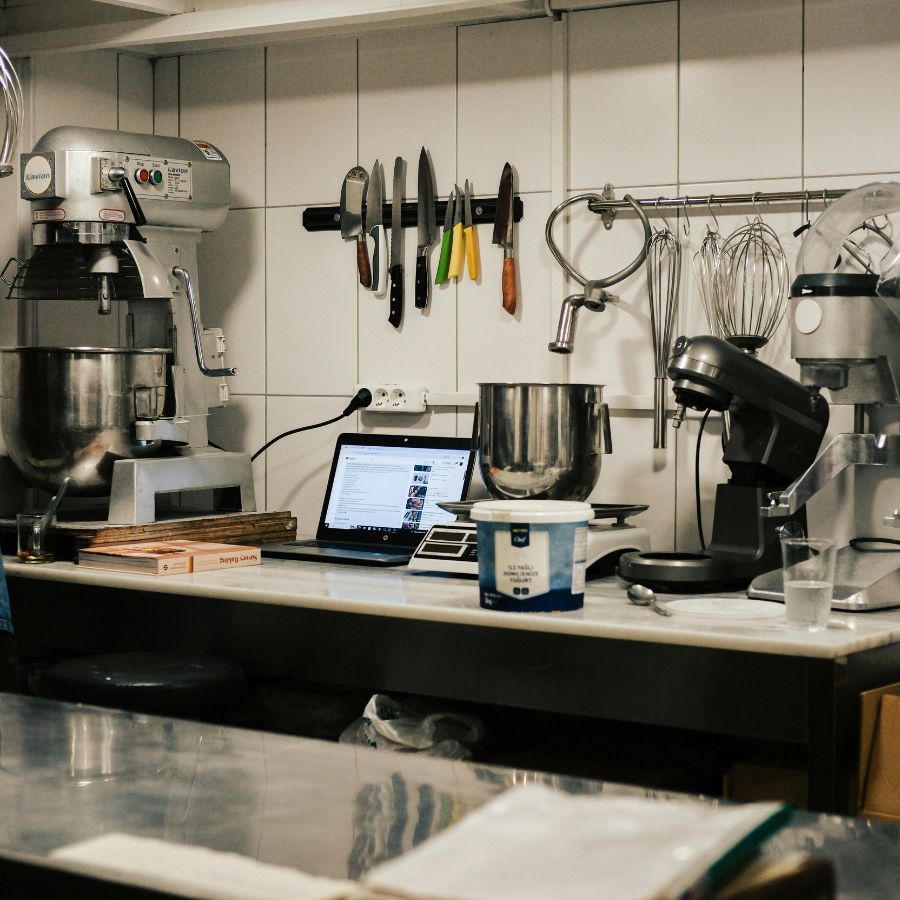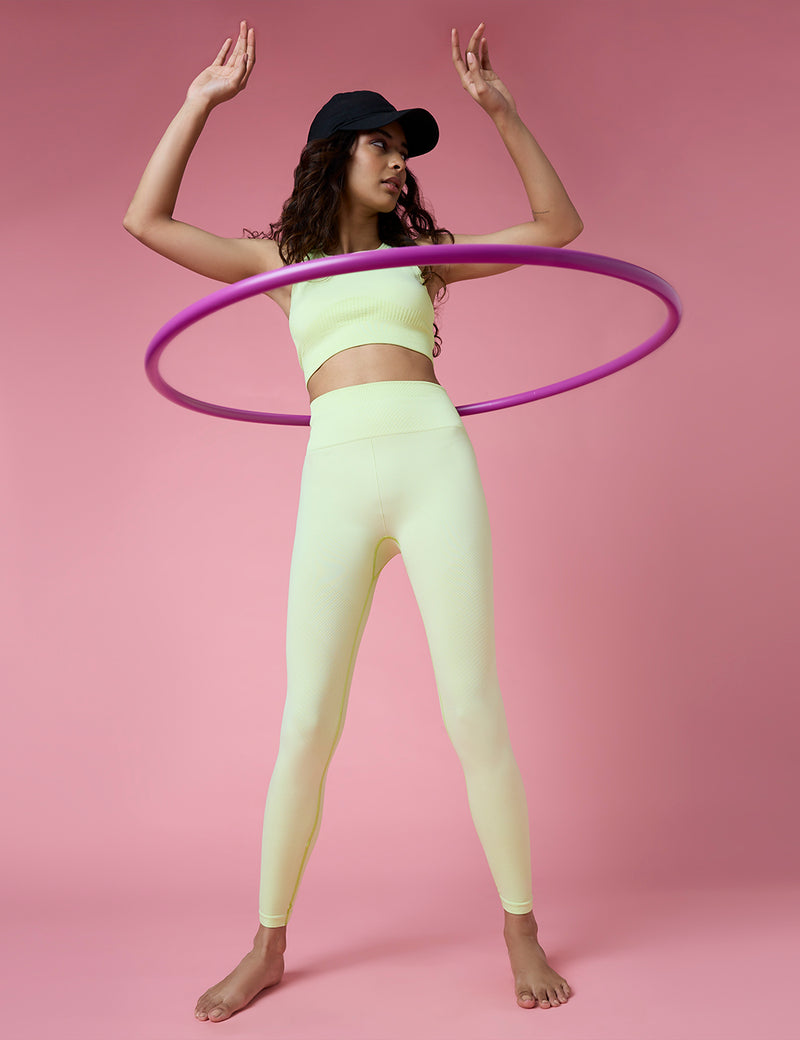As events continue to evolve in the post-pandemic era, the lines between physical and digital gatherings have blurred. Hybrid and virtual events have become the new normal, offering accessibility, scalability, and inclusivity like never before. Yet, despite these advancements, the fundamental role of an event brochure remains unchanged: it must inform, engage, and persuade. The difference lies in how that story is told. Designing a brochure for a hybrid or virtual event requires both adaptation and consistency—a delicate balance between innovation and brand identity.
Let’s explore what makes hybrid and virtual event brochures different from traditional print versions, what elements should remain the same, and how event organizers can ensure their brochure still delivers maximum impact in the digital-first world.
Understanding the New Context
In traditional in-person events, brochures serve as tangible keepsakes—guides attendees can hold, flip through, and carry from one booth or session to another. They capture the event’s personality through tactile design choices: paper texture, finishes, and physical layout.
For hybrid or virtual events, the brochure becomes a digital experience. It must communicate the same depth of information but in a format suited to screens of all sizes—desktop, tablet, and mobile. Rather than being a static PDF, the brochure often transforms into an interactive medium—clickable, animated, and integrated with registration forms, social links, or multimedia elements like speaker videos and sponsor highlights.
This shift redefines what “brochure design” means. It’s no longer just about aesthetics—it’s about interaction.
What’s Different in Hybrid & Virtual Event Brochures
1. Interactivity Is No Longer Optional
Digital brochures thrive on engagement. Unlike print brochures, which rely on visual appeal and clear information hierarchy, virtual event brochures must entice the viewer to click, explore, and respond. Embedding hyperlinks to event schedules, live chat support, or speaker bios makes the experience more dynamic.
Interactive design elements such as collapsible sections, video pop-ups, or scroll-triggered animations enhance engagement. For example, instead of listing the keynote speaker’s bio in text, a clickable video thumbnail can bring their message to life—instantly creating a personal connection.
2. Navigation and User Experience (UX)
In a printed brochure, readers follow a linear path. Digital versions require intuitive navigation. Attendees may jump between pages, skim through sections, or search specific details. Therefore, interactive menus, floating navigation bars, and search functionalities become crucial.
A well-designed UX allows users to quickly access information—like session times or sponsor details—without frustration. Remember, a hybrid event’s audience includes both in-person and online attendees. The brochure must cater to both, offering concise, accessible information on one hand and immersive digital features on the other.
3. Design for Multiple Devices
Hybrid event brochures are consumed on everything from 4K monitors to mobile screens. This means responsive design is essential. A layout that looks stunning on desktop may appear cluttered on a phone. Adaptive formatting ensures content remains readable and visually appealing regardless of device size.
Responsive typography, optimized image sizes, and scalable vector graphics are no longer nice-to-haves—they’re must-haves. Accessibility considerations like font contrast, alternative text for images, and easy zoom functions also improve the user experience across all audiences.
4. Integration with Event Technology
Unlike print materials, virtual brochures can seamlessly integrate with event platforms and digital tools. For example, linking a “Join Now” button to a live session or embedding a registration form directly in the brochure simplifies user journeys.
Hybrid event brochures can even include dynamic elements like countdown timers, real-time updates, or live social media feeds. This makes the document more than a guide—it becomes an interactive event hub.
5. Data Tracking and Analytics
One of the most valuable differences in digital brochures is the ability to track engagement metrics. You can measure which pages people viewed most, where they clicked, and how long they stayed. This data provides critical feedback for future marketing efforts.
Traditional brochures offer no such insight. With digital brochures, event organizers can test multiple layouts, headlines, or call-to-action buttons to see what resonates most with audiences.
What to Keep the Same
While the digital shift demands innovation, the core principles of effective brochure design remain the same. A hybrid or virtual event brochure still needs clarity, consistency, and emotional connection.
1. Brand Identity and Visual Language
No matter the format, your brochure must reflect your event’s brand. Color palettes, typography, and logo placement create recognition and continuity across all marketing materials. Even in a digital environment, the brochure serves as an ambassador for your brand’s personality.
Consistency builds trust. When attendees see your event materials—whether an email, website banner, or brochure—they should instantly recognize the style and tone.
2. Storytelling and Emotional Appeal
The essence of any good brochure lies in storytelling. Your audience should feel inspired and informed by what they see. Whether it’s a print piece handed out at an exhibition or a digital brochure shared via email, the narrative must highlight what makes your event special.
Craft compelling copy that speaks to your audience’s aspirations. Use emotional triggers—community, innovation, exclusivity—to connect with readers. The format may change, but human motivation does not.
3. Hierarchy and Readability
Visual hierarchy remains vital. Readers must understand where to look first, what’s most important, and how to navigate the information. Headings, subheadings, icons, and white space continue to play critical roles.
Even in interactive formats, simplicity wins. Avoid overwhelming users with animations or excessive visual clutter. The best brochures still rely on clean design and a logical flow of information.
4. Call-to-Action (CTA)
Whether printed or digital, the brochure’s goal is to drive action—registration, participation, or sponsorship. A strong CTA should remain central to your design. The difference lies in execution: digital brochures can make these CTAs clickable, trackable, and personalized.
But the messaging itself should remain human and persuasive: “Join the conversation,” “Reserve your spot,” “Be part of something bigger.”
Bridging the Two Worlds
For hybrid events, the real challenge is harmonizing both formats. Some attendees will experience the event in person, while others will engage virtually. The brochure must serve both groups equally well.
This can be achieved through a dual-format strategy:
-
Printed version: A concise, visually striking overview for on-site attendees.
-
Digital version: A richer, more interactive companion for online participants.
Both should share identical visual identity and messaging. QR codes in the printed brochure can direct readers to digital resources, creating seamless integration between physical and online touchpoints.
The Role of Professional Design
Creating a hybrid or virtual event brochure requires expertise that spans both design and digital interactivity. That’s why many organizations now turn to professional Brochure Design Services in Dubai. Experienced designers understand how to translate brand narratives into formats that work across screens, ensuring your brochure not only looks exceptional but performs effectively as a marketing tool.
They can help balance creativity with functionality—making sure your brochure works flawlessly across different platforms, integrates with event technologies, and remains faithful to your brand’s aesthetic DNA.
The Future of Event Brochures
As the events industry continues to innovate, brochures will remain essential—not as relics of print marketing, but as adaptable, multi-platform storytelling tools. In the near future, we may see brochures embedded with AI-driven personalization, real-time translation features, or even augmented reality elements that allow attendees to preview venues or interact with sponsors.
What won’t change is the need to connect—visually and emotionally—with your audience. Hybrid and virtual formats offer more tools than ever to make that happen. The key lies in balancing technological enhancement with timeless design principles.
Conclusion
The transition from traditional to hybrid and virtual event brochures isn’t about replacing one with the other—it’s about evolving the medium to match audience behavior. What’s different today is the interactivity, integration, and data-driven potential of digital design. What stays the same is the essence: clarity, consistency, and storytelling that moves people to act.
By understanding these shifts and preserving what works best from both worlds, event organizers can create brochures that not only inform but inspire—bridging the gap between screens and stages, pixels and paper, information and emotion.



